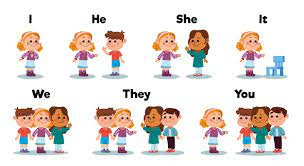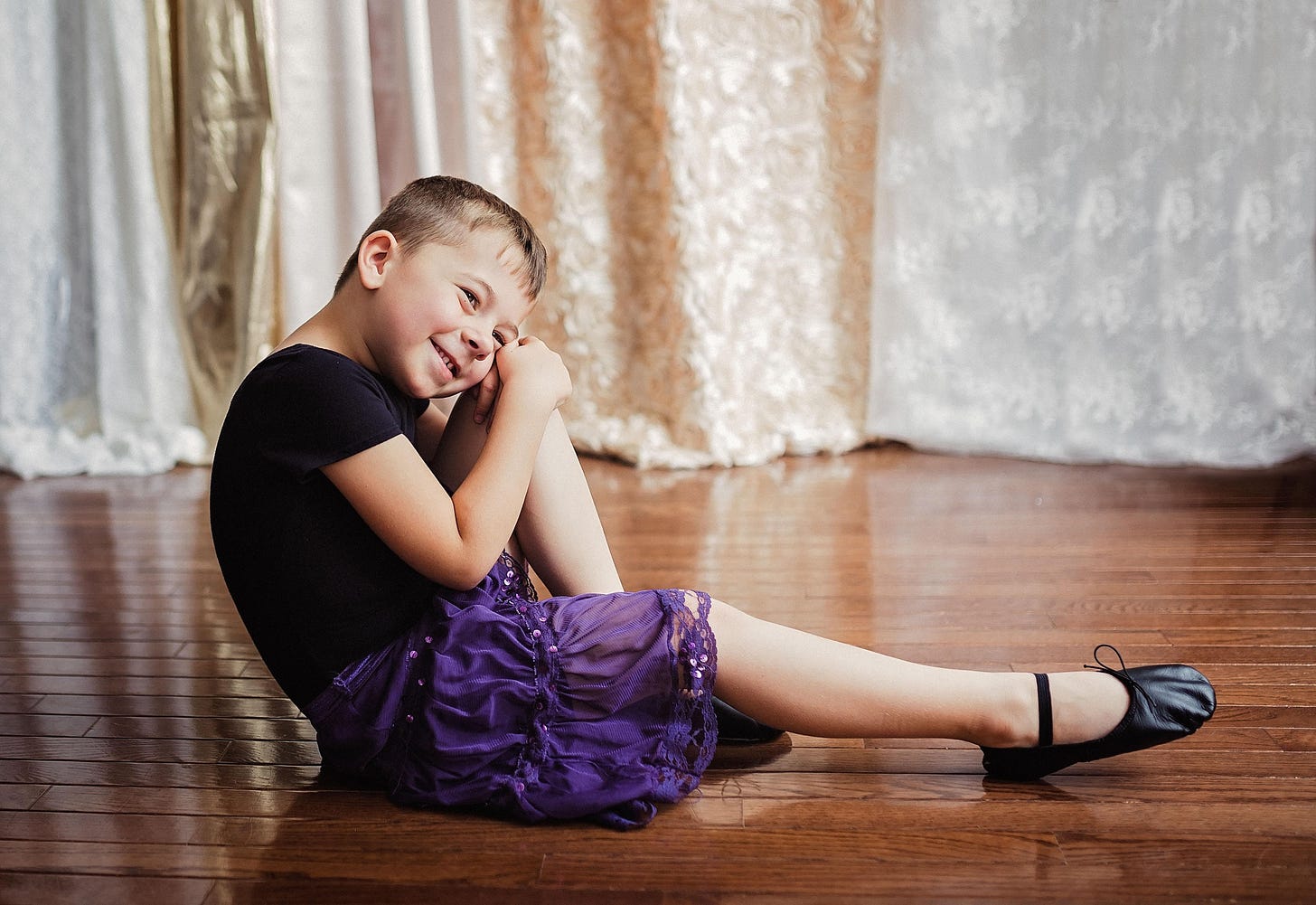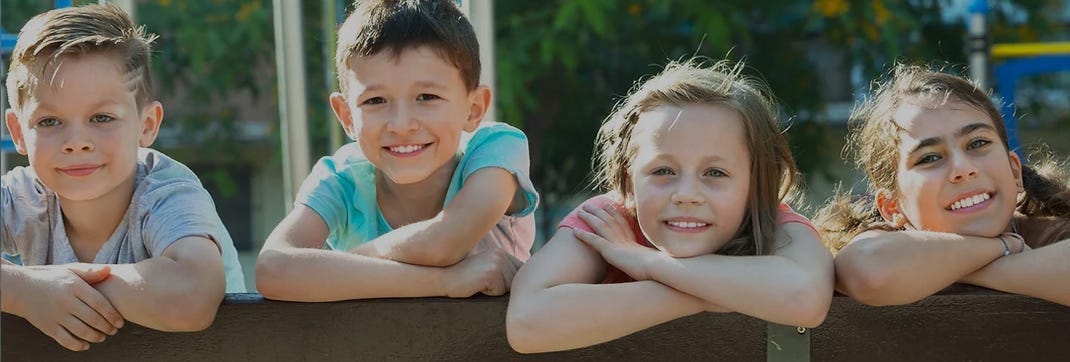In a reversal of the old saying “being cruel to be kind”, some schools in NZ have practices that they think are being kind but, in fact, may lead to the cruelty of long term harm to their students.
The practice in question is the social transitioning of very young children at primary school. Social transition is the affirmation of an opposite sex or non-binary identity by allowing the child to change clothing, names, and pronouns and interact in school as if they are of the other sex.
When this practice is restricted to clothing and name choices only, little harm is done – after all many of us had nicknames at school that we later discarded; and having a wider range of clothing choices is less restrictive for everyone.
The serious problems occur when students and parents are led to believe that the gender- questioning child is literally of the opposite sex; when wrong-sex or neo pronouns (they/them, ze/zer etc) are encouraged, and when the school allows the ‘transitioning’ child to use the single-sex facilities provided for the opposite sex.
Understanding sex
Children are not simply smaller versions of adults. Many concepts that seem obvious to adults are ones that children need years to form, as their cognitive abilities slowly develop. Examples are the concept that an object can still be present, although it can’t be seen; the concept that a cup of water poured into a tall glass does not increase in volume; and the concept that sex is immutable.
This latter concept is called sex constancy and is something most children do not fully understand until they are 7 or 8 years old.
Schools that allow social transition before children have reached the cognitive milestone of sex constancy are disrupting the normal development of all the children in the school.
The gradual development of sex constancy is described by Dr Katie Alcock, Senior lecturer in Psychology at Lancaster University, in this article.
Research has long shown that children move through a series of stages in their understanding of who is a boy and who is a girl and how this develops. Kohlberg noted that children first work out that they, themselves, are a boy or a girl, in a process very similar to learning what animals are cats versus dogs – by using perceptual features. In other words, children categorise boys and girls (including themselves) by their stereotyped appearances and behaviours. This early identification happens around 18 months to 3 years and is known as “sex identity” or (in more recent literature) “gender identity”… Children identify other children solely on the basis of the other children’s dress and toy preferences. This is not too surprising given the sex-stereotype saturated world they have grown up in.
Following this early identification of one’s own sex, children come to realise that they cannot change sex. Prior to this, they think that even though they are a girl, they can grow up to be a man, have a beard and inseminate a woman (e.g. put a seed in a Mummy’s tummy); boys think they can grow up to be a woman, have breasts and be pregnant and breastfeed. Children believe that changing appearance, accessories and toys leads an individual to change sex, immediately.
Once they have learned that they themselves cannot change sex (sex or gender stability), children are still uncertain – in some cases up to the age of 9 – about whether other people can change sex. Bem discovered that one of the important features in children realising that sex is constant is children’s knowledge of the genitals of each sex. There is also a clear link to another important milestone in children’s cognitive development – the understanding of the appearance-reality distinction…
We now know that children who understand that sex cannot change – who have reached the gender/sex constancy phase – must have both the understanding that appearance does not change reality, AND the understanding that boys have one set of genitals and girls another.
What happens when this natural process is undermined by the trusted adults in young children’s lives? Dr Alcock continues:
However, some groups of children are delayed in this understanding – children who transition to present as the opposite sex (socially, in other words with no hormone treatments) and their siblings believe for longer that sex can change. This tells us that children exposed to the idea that sex is not constant (their sibling who was previously a boy is now a girl, which they have found out at an age when they do not yet understand that biological sex is immutable) are then delayed in this biological understanding, long understood to be a basic developmental process.
There is surely no other basic developmental process in children that any teacher or parent would wilfully disrupt. Can you imagine a parent enthusiastically telling children that gravity isn’t real, or a teacher encouraging children to believe that they will never die?
Yet, the harmful practice of social transition is happening right now in some NZ junior classes. In one case RGE knows of, a five-year-old boy has shown his genitals to some girls in his class but the school continues to assert he is really a girl and is keeping his sex a secret from parents on privacy grounds. In another case, an eight-year-old girl is using the same changing room as the boys and most parents at the school are not aware that this is happening.
Allowing one child to deny reality is preventing all the other children in the school from recognising the truth that sex is binary and immutable. It is unconscionable that schools would participate in delaying the developmental milestone of sex constancy.
Wrong-sex pronouns
As part of social transition, schools may have a policy that endorses the use of opposite sex or neo-pronouns. RGE has learned that one school has even resorted to banning pronouns altogether to avoid causing offence to the tiny number of students who want to believe they are the other sex!
To protect all the children in a school from being indoctrinated into the belief that sex is malleable, RGE supports having a nationwide policy that requires everyone in schools to use standard English pronouns for a person’s correct sex and removes the whole concept of ‘misgendering’. These are our reasons:
Humans cannot change sex. Asking children to use wrong-sex pronouns is teaching them that some humans can change sex.
Children do not have freedom of choice in schools. When a teacher role-models using wrong-sex pronouns, children will be coerced to follow suit, no matter their personal beliefs.
Using wrong-sex pronouns is extremely confusing and destabilising for new speakers of English and for children with intellectual disabilities or neurodiversity.
Using wrong-sex pronouns gives subtle permission for children to enter spaces and sports that were reserved for the opposite sex.
The concept of ‘misgendering’ provides a whole set of new bullying opportunities, and even censure in some schools, against those children who make mistakes in ‘preferred pronoun’ use.
Children who have been routinely addressed with wrong-sex pronouns will find it harder to reclaim their correct sex, should they later resile from a transgender identity.
Using wrong-sex pronouns in schools embeds an ideological view not shared by the majority. ‘Preferred pronouns’ and ‘misgendering’ should be excluded from schools, in the same way as other religious and ideological terminology is excluded.
RGE recognises that a policy to use standard English pronouns will go against the wishes of some parents who want their children to be addressed by wrong-sex pronouns, but it is a rational policy that does not privilege anybody and maintains schools as places that teach scientific fact and are free from ideology.
For further explanation of the unhealthy consequences of using wrong-sex pronouns, read this article from Partners for Ethical Care.
The fall-out of sex pretence
When schools allow a child to use the facilities or compete in the sports that were set up for the opposite sex, they are trampling on the right to honesty, fairness, and dignity of all the other children. Here is one testimonial, describing the effect:
My young son is being forced to change for swimming in a shared change room with a male-identifying female child. The son is aware that the other child is female and is at an age where he feels self-conscious about nudity in front of members of the opposite sex. Many parents of the same children are unaware that the child is female and no-one has been asked whether they consent to their sons sharing the purported single-sex change room with a female child. No consideration is made for the cultural and religious requirements of the other families, or the privacy and consent rights of the boys.
At a recent athletics day, sprints and all other competitions were run with boys and girls together, with students receiving individual score cards rather than being able to compare their abilities with others in their age and in their sex class. There was no prior discussion about this with parents and no request for feedback on the merits or not of this entirely new and debatable approach. No explanation or justification was given.
This has led some parents to assume that this was done in order to avoid the need to confront the issue of sex categories in school sports. It is felt that these categories are being abolished by stealth, without robust, open debate about the merits and disadvantages of this.
If this is being done in the interests of 'inclusion' for children questioning their gender, then this needs to be balanced with the needs of girls to have access to safe and fair school competitions that allow them to shine in a level playing field within their sex category.
As described in our February newsletter, some young girls in the UK felt betrayed and became withdrawn when they discovered the ‘girl’ they had been close friends with for three years was really a boy.
In another case from 2017, a ‘transition ceremony’ was held in a US kindergarten, the Rocklin Academy Gateway, where a child left the room as a boy and came back as a girl. Some children reacted in fear and confusion, as this parent describes:
“My child was afraid that at any moment they could turn into the opposite sex. Other boys in the class came home asking if they could wear dresses too. There was so much confusion amongst the children after seeing this little boy turn into a girl.
In our opinion this very controversial book had no place in a Kindergarten classroom. My child was taught by the teacher that a little boy can become a girl just by going to the doctor. They saw an example of it right in front of them and were told that he was now a girl and had to be called by his girl name. Not only does this teaching expose my child to the highly controversial topic of identity dysphoria, but it was presented as normal and that it makes you special.”
Social transition is not harmless
Allowing social transition at school is not a neutral act, as explained in the Cass report – the 2022 independent UK review into gender identity care.
…it is important to view it [social transition] as an active intervention because it may have significant effects on the child or young person in terms of their psychological functioning. There are different views on the benefits versus the harms of early social transition. Whatever position one takes, it is important to acknowledge that it is not a neutral act, and better information is needed about outcomes. (p62)
When a child has been addressed for months or years by the wrong pronouns and has been treated as a member of the opposite sex by everyone around them, it becomes very hard for them to admit they may have made a mistake.
In the past, when children were not immediately affirmed in an opposite sex, the majority who were gender-questioning came to accept their sex, as they matured and went through a natural puberty. Recently, it has been established that social transition before puberty is a strong predictor of persistence in gender dysphoria and the resultant progression to a lifetime of medical interventions.
A comparison of recent and older studies suggests that when an ‘affirming’ methodology is used with children, a substantial proportion of children who would otherwise have desisted by adolescence persist in a transgender identity (Zucker, 2018). While under a watchful waiting approach in previous decades, 80-90% desisted by early adulthood, under the new affirmation model in which there was either partial or complete social transition before puberty far fewer desist (Steensma et al., 2013; Zucker, 2018). In a recent follow up study of children who were socially transitioned, only 2.5% desisted (Olson et al., 2022).
Thus, the scientific literature shows that social transition is a psychotherapeutic intervention that dramatically changes outcomes and could be described as iatrogenic (Zucker, 2019a). (p69 of The Gender Framework from Genspect.)
Recommendations to the Minister
In our Briefing to the new Minister of Education in December 2023, RGE asked that all schools be instructed to:
take no part in introducing or promoting the social transition of their students
retain single-sex facilities and sports
confirm that staff, students, and parents have the right to hold and express views that are critical of gender ideology, without suppression or censure.
We also asked the Minister to establish an inquiry into social transition and its harms and to issue best practice policies to schools.
Unless the Minister urgently addresses the grave problems associated with trangender ideology, more and more schools are likely to fall into the “being kind to be cruel” social transitioning trap.







Wonderful work. Esp on the delayed understanding, fascinating and helpful. Thank you!!
Are you based in NZ? I’m in Australia. Things are next level insane in some schools here, and almost everyone around is ideologically captured to some extent, with the TRA prescribed narrative that “trans” people are the most fragile victims in the universe, and that to “misgender” them is equivalent to a “hate crime” or bullying. For instance my neighbour (boomer, retired acadaemic) has just sent me an outraged email accusing me of being a bigot for my views about children, women and LGB people’s rights being eroded by TRA’s. They have these views because people like that never read any media other than what they perceive to be left- ABC, Guardian etc. What really urgently needs to be addressed, is the ideological capture of public media. This has been raised repeatedly eg on Media Watch - but is always dismissed by the ABC Ombudsman Fiona Cameron.